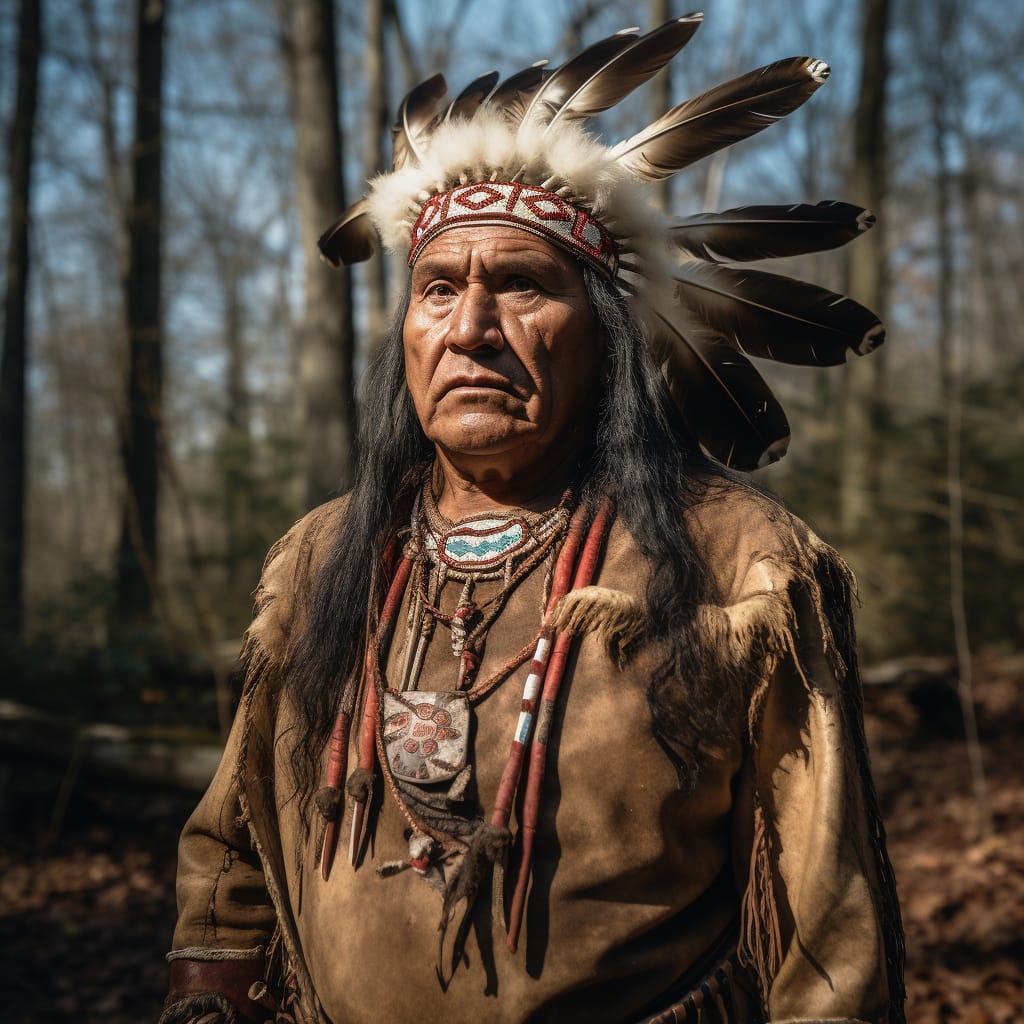Long Island’s Native American History – The Untold Stories!

Long before European settlers arrived, Long Island was home to diverse indigenous peoples, their stories intricately woven into the land. This article shines a light on the rich and complex Native American history of Long Island.
The Original Inhabitants
Long Island, or Paumanok, meaning 'The Island that Pays Tribute,' was originally inhabited by thirteen tribes including the Shinnecock, Unkechaug, and Montaukett. These tribes belonged to the larger Algonquin-speaking cultural group.
A Society in Harmony with Nature
These tribes were semi-nomadic, moving seasonally to harvest resources. They hunted, fished, and cultivated crops like corn, beans, and squash, using sustainable practices that preserved the island's ecology.
Complex Political Systems
The Long Island tribes had sophisticated political systems. For instance, the Montaukett tribe's leader, the sachem, was selected through a matrilineal system, with power passing through the female line.
Influence on Place Names
Many place names on Long Island, such as 'Massapequa' and 'Copiague,' are derived from Native American words. These names, often descriptive of the landscape, provide a connection to the island's indigenous history.
Impact of European Settlement
With the arrival of European settlers, the indigenous tribes faced displacement, disease, and violence. Despite these challenges, many tribal members remained on Long Island, their descendants forming part of the tribes recognized today.
Preserving the Heritage
Today, tribal members work to preserve their heritage through cultural programs, museums like the Shinnecock Nation Cultural Center and Museum, and events like the annual Shinnecock Powwow.
Long Island's Native American history is a testament to the resilience and cultural richness of its original inhabitants. Their legacy is interwoven with Long Island's landscapes, place names, and the enduring presence of their descendants today.